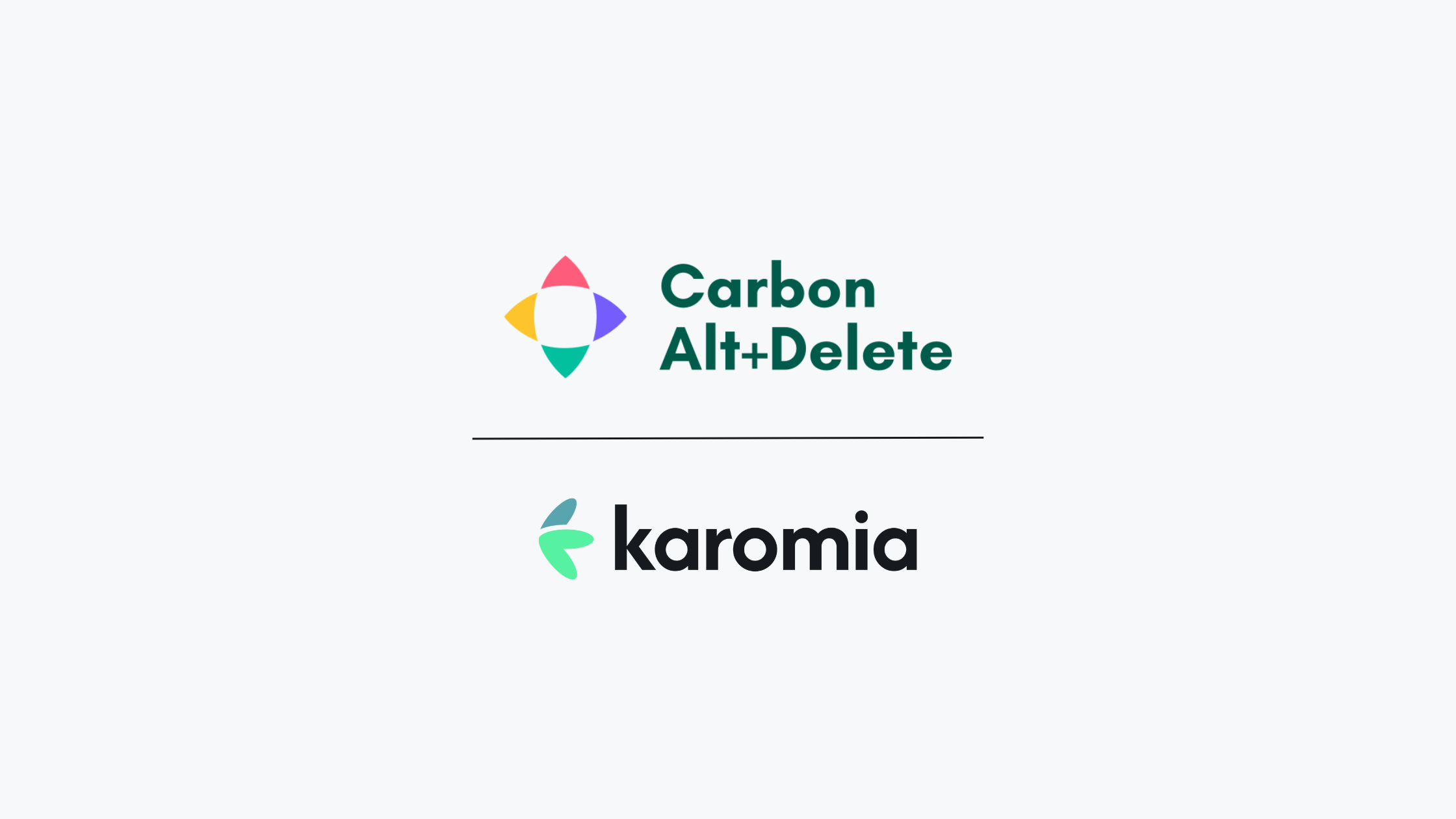Heat is Burning Profits - Let's Keep Yours Cool
Heat waves are hurting small business. What can you do about it?
As I write this, Belgium and France are once again under a heat-wave alert. While the public-health implications are known, what’s less discussed is how these extreme temperatures are eroding the bottom line of our small and medium-sized enterprises (SMEs). This is not speculation - the data are stark:
- Agriculture & agri-food – The 2022 heat/drought season slashed French cereal output 10.9% in volume, and spring crops such as maize and sunflower plunged 28%. In June 2025, 91 % of Belgian territory was already on drought alert, with water-pumping bans threatening wheat, maize and soybeans.
- Tourism, hospitality & retail – July 2023 saw hotel overnight stays in southern France drop 5% and campground stays 10% as holiday-makers fled suffocating heat. Mid-day city shopping also collapses on hot days, shifting revenue to late evenings and to cooler coastal towns.
- Construction & outdoor trades – 65% of Belgian construction firms report ~10% productivity loss at 25–29°C; once the thermometer hits 35°C, one in five sites shuts down altogether.
- Manufacturing, logistics & transport – Repeated heat waves lower water levels, squeezing barge capacity and spiking freight costs for French and Belgian import-export SMEs. Simultaneously, base-load power prices jump as cooling demand surges.
- Office-based services – Heat increases accident risk, cognitive lapses and stress for indoor workers, while air-conditioning loads inflate OPEX and raise blackout risk in dense urban “heat-islands.”
With less than 20% of heat-related business losses insured, these shocks hit balance sheets directly.
The risk is real - but widely underestimated
Despite mounting evidence, most SMEs still treat heat waves as a side issue. A recent survey of French SME/ETI leaders found only 24% feel vulnerable to extreme heat, and a mere 12 % maintain a formal adaptation plan. The mismatch is dangerous for workers and for your business.
Heat is already eroding revenue (via lost tourism or retail footfall), raising operating costs (via cooling demand and power prices), and creating legal exposure: employers have specific legal obligations to protect workers during heatwaves - non-compliance can lead to sanctions. Fines and work-stoppage orders are real.
Being reactive is costly - planning is cheaper
Too often, SMEs react only after suffering a destroyed harvest, a blown freight invoice or a labour-inspection penalty. Yet adaptation need not be expensive:
- Low-cost engineering controls – Shade sails, reflective roof coatings and night-time ventilation typically pay for themselves in under three years through lower energy bills.
- Flexible scheduling & task rotation – Moving heavy outdoor work to early mornings can recover 5-10 % of daily productivity in construction and agriculture.
- Supply-chain hedging – Pre-booking alternative rail capacity on heat-sensitive routes or dual-sourcing temperature-critical inputs cushions shocks when river shipping falters.
- Parametric heat-index insurance – Automatically pays out when local temperatures breach pre-set thresholds, closing the uninsured gap without lengthy claims processes.
What’s missing is not technology, but awareness and planning.
Materiality analysis: your roadmap to smart decisions
A rigorous materiality assessment tells you which climate risks matter most for your business model, sites and supply chain. It turns scattered headlines into a ranked list of exposures and opportunities:

Armed with this analysis, leadership can prioritize: where to invest, what to insure, and which processes to change first.
Karomia can help you make heat risk visible - and actionable
At Karomia, we believe every SME should treat heat the way it treats any strategic risk: quantify it, plan for it, and act early. Our platform simplifies materiality analysis, mapping your exact exposure to heat-related hazards and translating those insights into tailored adaptation strategies - from quick-win engineering fixes to finance-grade risk disclosures.
The tools exist. The data are indisputable. The cost of inaction is rising. Put heat risk on your business radar before it hits your bottom line.
Receive updates and best practices on all things ESG reporting each month.
Read More



